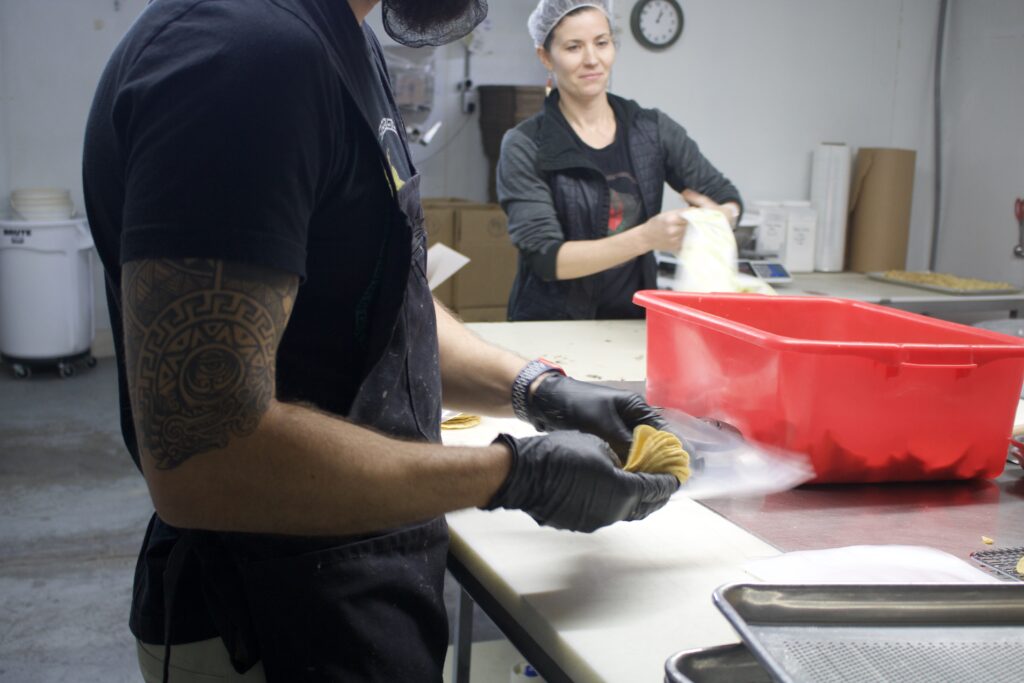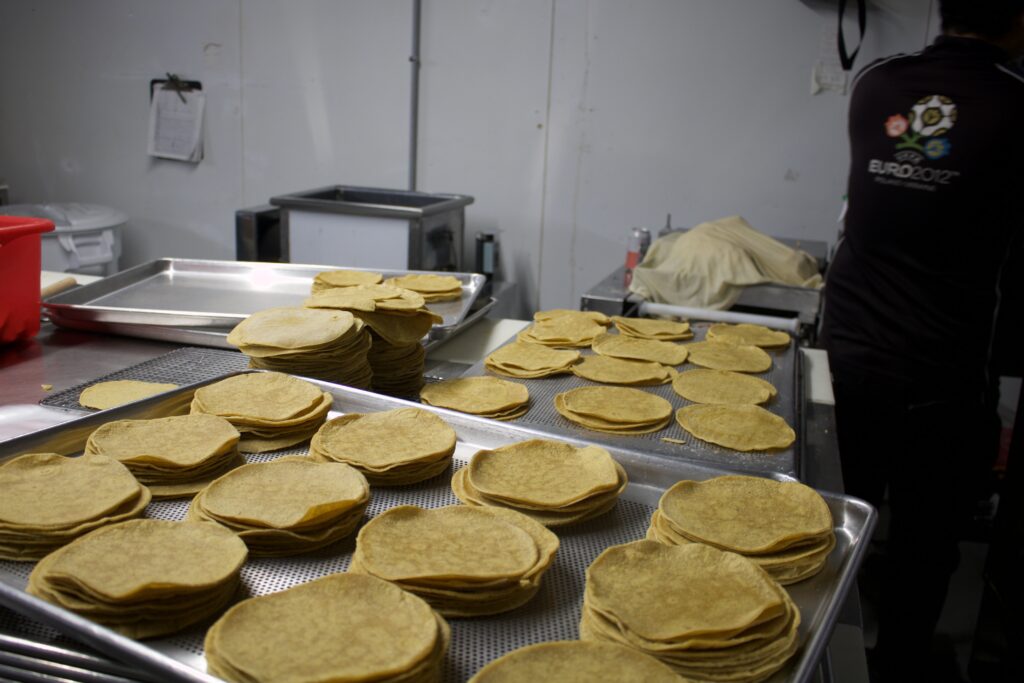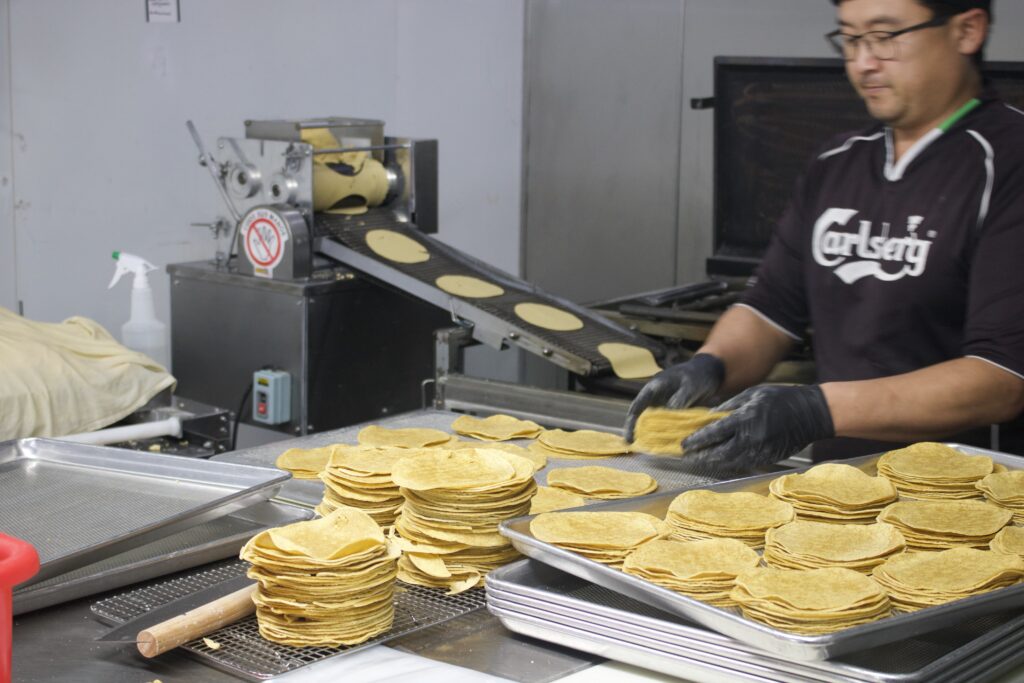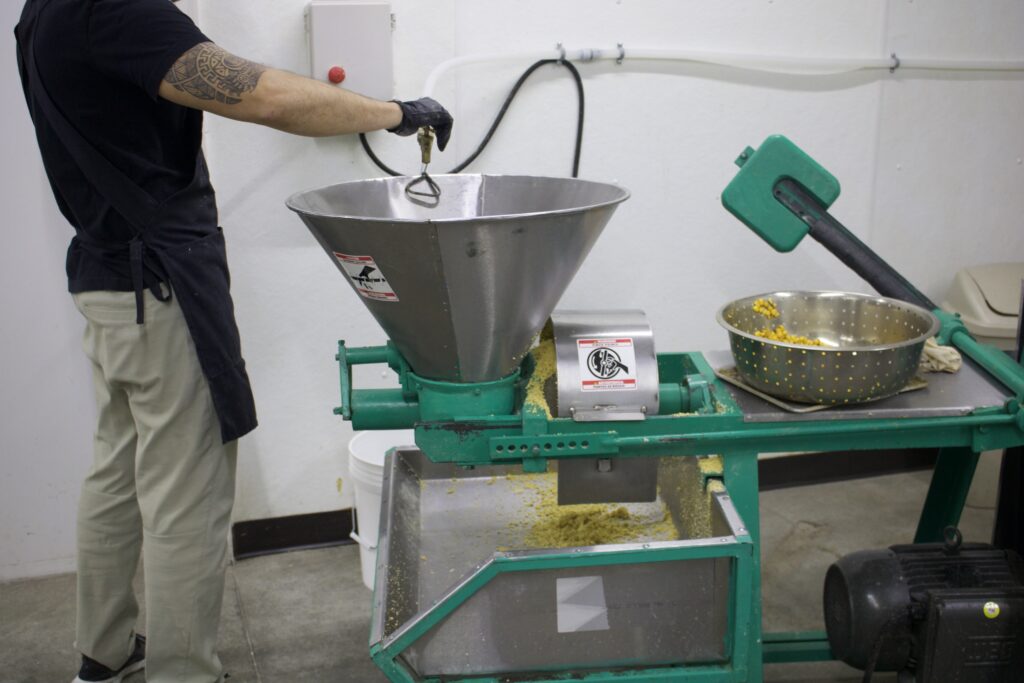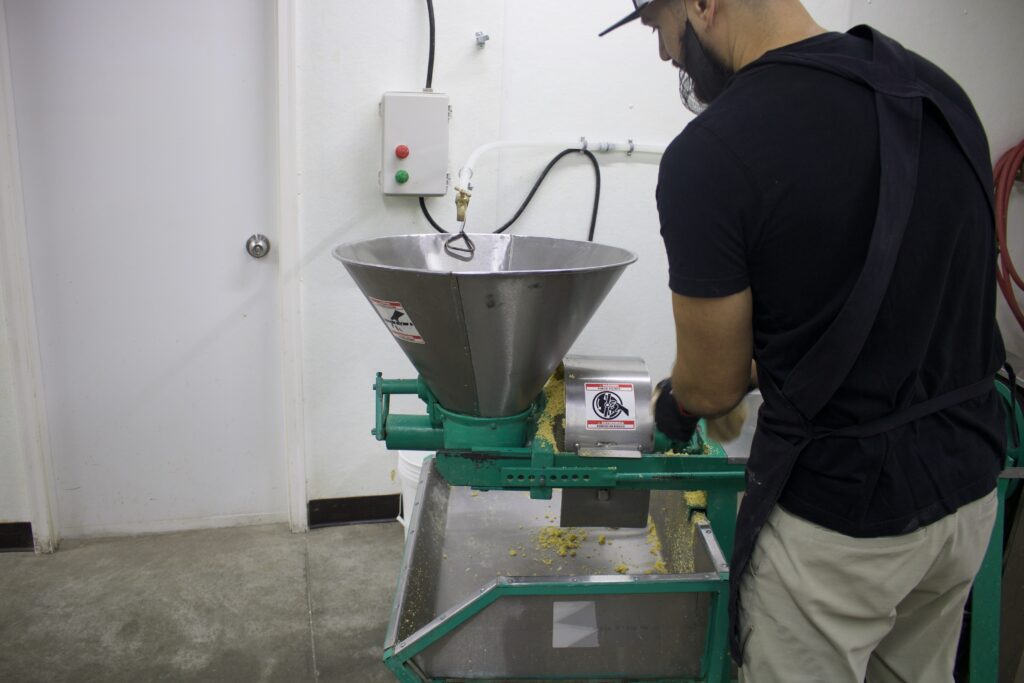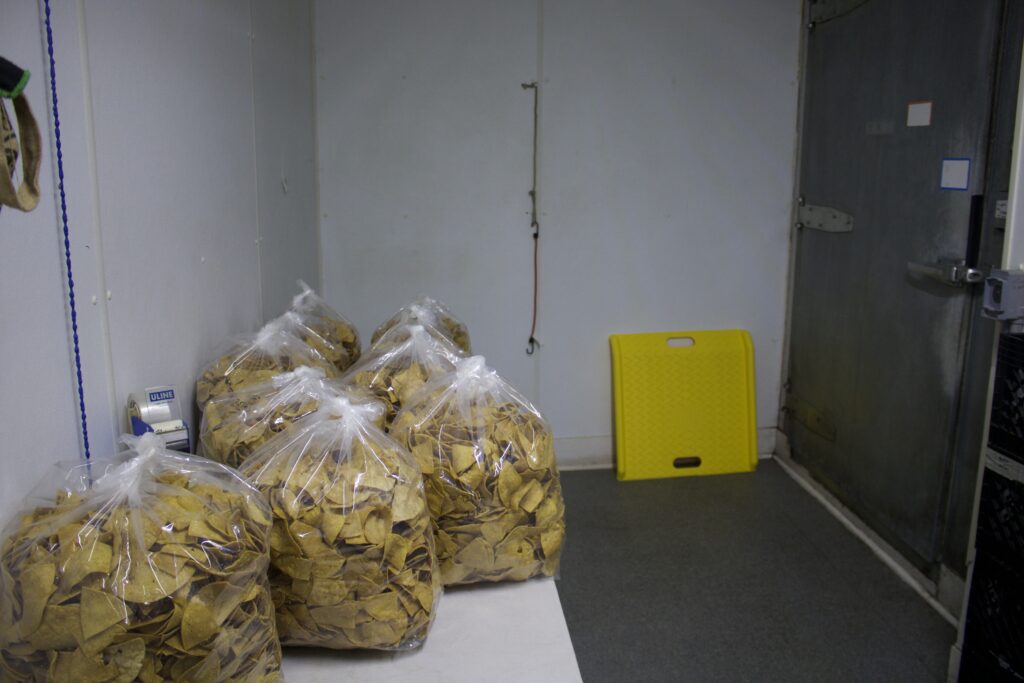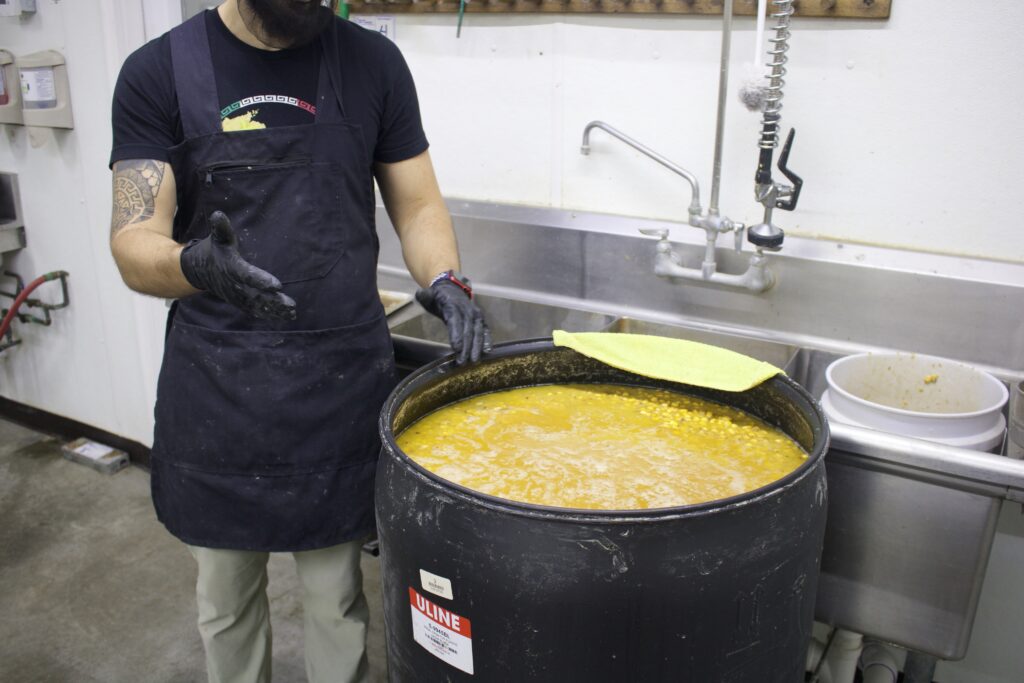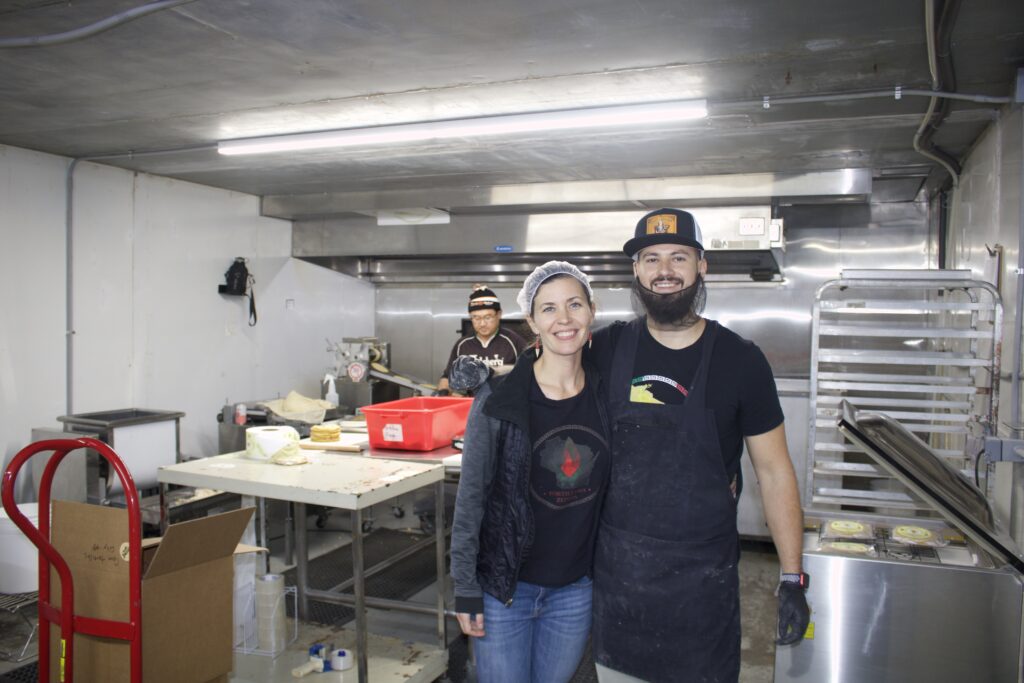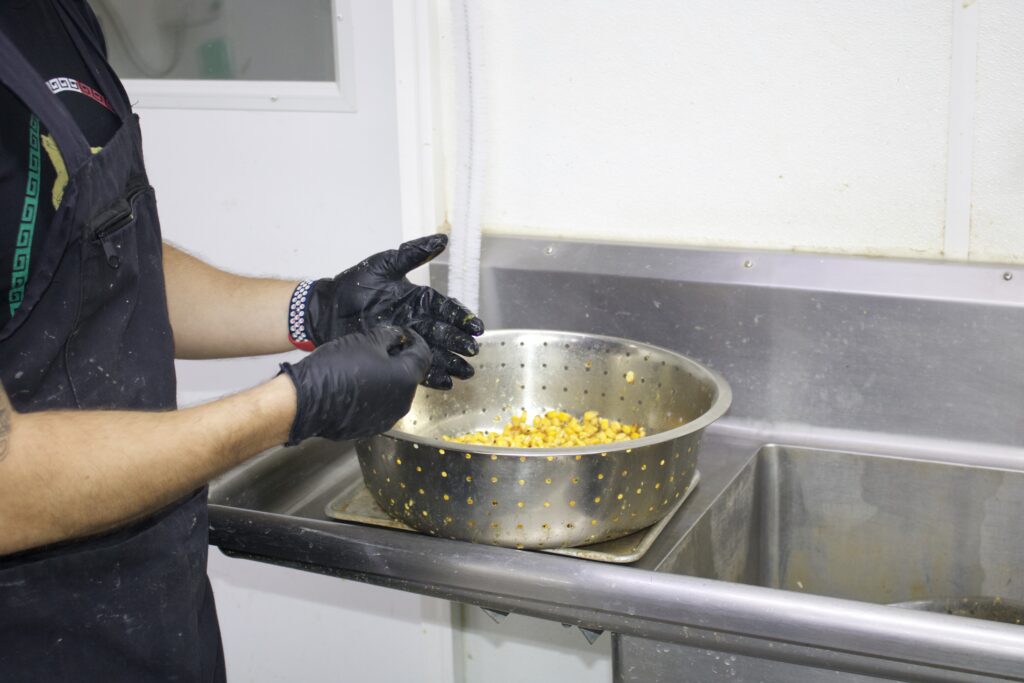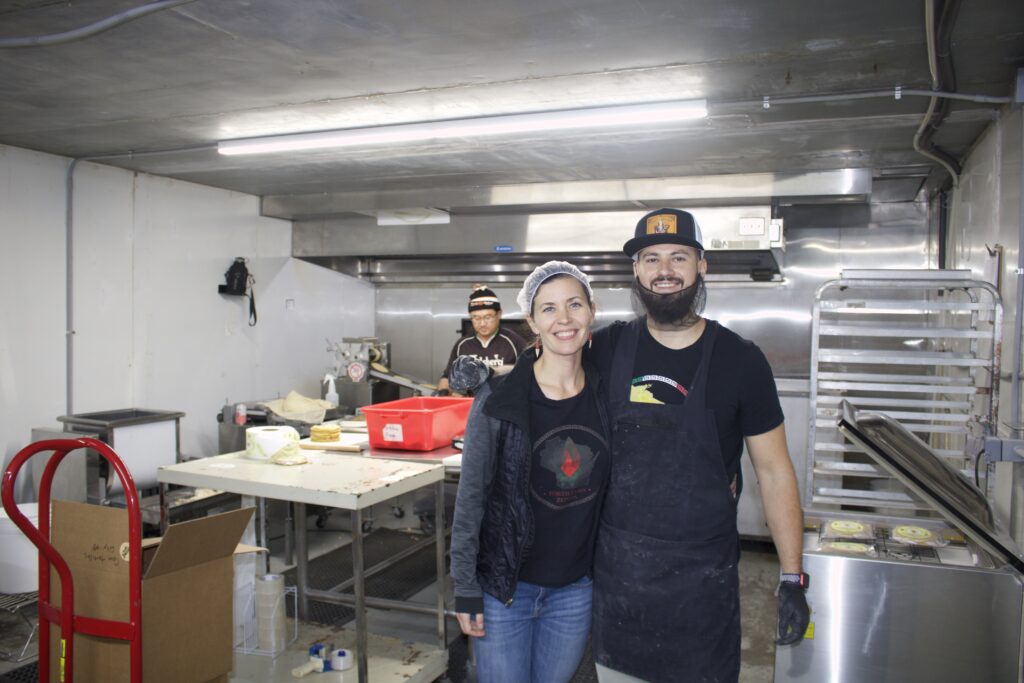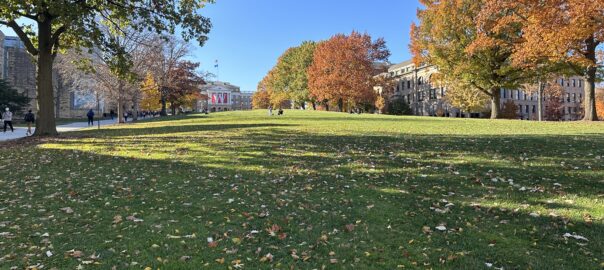Mexican solace found in rural Wisconsin, Tortilleria Zepeda is a taste of home
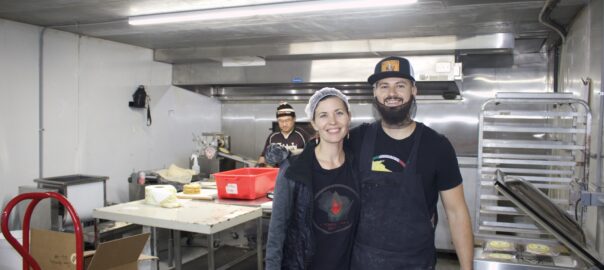
By Ellie Nowakowski and Cate Schiller
When Julian Zepeda met his wife Heidi and moved from Puerto Vallarta, Mexico, to rural Wisconsin he found himself in food heaven. He could not get enough Culvers.
However, the charm soon wore off and homesickness set in. Julian began craving authentic Mexican food but was not finding it anywhere.
“He started really missing Mexican food and his home,” Heidi said.
He began calling his family seeking recipes that tasted like home. The one missing piece he kept returning to was an authentic, chemical-free tortilla.
Julian found it hard to believe he would be able to make a tortilla that compared to his abuela’s with Wisconsin corn, he explained, but he still thought he should give it a try. Before long, Julian was fielding requests from friends and neighbors to purchase his homemade, authentic corn tortillas.
“It’s great that I can show how a good tortilla is supposed to taste, people aren’t used to it,” Julian said.
It wasn’t until he boarded a plane to his hometown with an air-sealed package of his new product for his family to try that Julian felt ready to start his own business. His family told him that his tortillas, made with Wisconsin corn crops, tasted like authentic Mexican tortillas. Their approval gave Julian the green light he was looking for.
Tortilleria Zepeda opened in 2018 in Lone Rock, just outside of Spring Green, Wisconsin. For Julian, the small factory is more than just his place of work, it’s a place that feels like home.
“It’s like a little Mexico in this rural area of Wisconsin,” Heidi said.
This experience extends beyond just Julian. The couple saw a strong LatinX community emerge who concurred, the taste of their authentic tortilla feels like home.
“We’ve had this beautiful response from community members and Mexican immigrants in Wisconsin that are finding a little connection to home among all these farmlands,” Heidi said.
The former marine biologist is not entirely out of his element in his tortilleria. In fact, he views the process as somewhat of a science. The couple uses an ancient Mexican technique called nixtamalization. The process involves soaking the corn in an alkaline solution for 24 hours and grinding it using volcanic stone to create masa — the tortilla base. Tortelleria Zepeda’s tortillas have just three ingredients: corn, water and pickling lime (calcium hydroxide).
Nixtamalization is a process the couple is passionate about. Not only do bigger brands skip out on the process that releases important nutrients in corn, Heidi explained, but they often add chemicals and preservatives to their product. The couple sources several varieties of corn from farms as close as seven miles down the road.
“We want to support local organic corn farmers and not let these big farmers take over,” Heidi said. “These organic farms are what make Wisconsin, Wisconsin.”
Made from local Wisconsin corn crops and using an ancient Aztec technique, the resulting tortillas are a perfect mix of the two of them, Heidi said.
It’s like a little Mexico in this rural area of Wisconsin.
Heidi Zepeda
Heidi moved to Mexico in search of adventure, where she met Julian in 2014. The two wanted to relocate to the states, and Heidi suggested her home state, “exotic Wisconsin.” They landed in her hometown of Spring Green where she grew up on a beef farm.
“I’m the farm girl from Wisconsin and my husband brings the authentic Mexican piece,” Heidi said.
Together, along with one employee and the help of Heidi’s sister, the couple sources, produces, distributes and delivers their tortillas across the state. They have found receptive audiences in customers, restaurant owners and grocery store owners.
“We basically started from word of mouth. We know all of our clients personally, we have great relationships with them,” Julian said. “In Wisconsin, people help each other, it’s a great community”
Canteen Taco in Madison offers Tortilleria Zepeda tortilla’s on their menu for an additional dollar per order of tacos. Customers seem to like them more than the “regular” ones they offer, said Canteen manager Alison Martin.
“I think there’s a noticeable difference,” said Martin. “They taste a little more homemade.”
Going forward, the Zepedas are looking to expand tortilla distribution and explore some passion projects of theirs — including on-site Mezcal tastings.
“We had this space here where we could create this little oasis. Now we can share authentic Mexican food and beverages with the community.”
Tortilleria Zepeda will host its next mezcal tasting on Jan. 7 at 3:00 p.m. at their factory.
